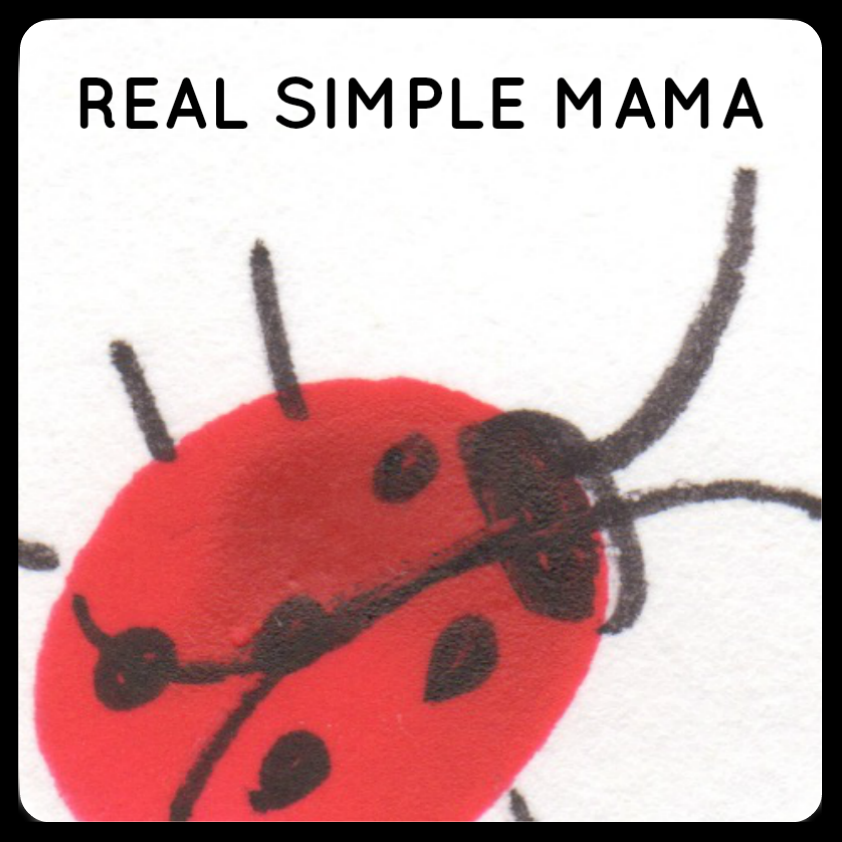Everyone wants to breathe clean, fresh air, so we take work on reducing our carbon footprint and avoid exposure to toxic fumes. Even when we’re aware of outdoor pollutants, many people don’t realize the air inside our homes can be just as unhealthy (or worse) than the air outside. Children are especially vulnerable to pulmonary problems caused by poor indoor air, which means parents need to know what they can do to keep their home’s air clean and kids healthier.
Thanks to Amanda at Safe Children for this article! We appreciate our readers sharing and pinning this important content.

What’s the Deal with Indoor Air?
The sources of outdoor air pollutants are pretty obvious. Who hasn’t been on a city street and smelled the exhaust from a big truck? The sources of indoor air pollutants are less noticeable, but they can often be just as harmful.
- Pet dander – Many people have allergic reactions to pet dander, and it can end up in just about any fabric or corner of your home.
- Dust – Along with symptoms of sneezing and itchy, watery eyes that come from dust, dust mites can weaken your immune system and cause other health problems.
- Mold and mildew – Humidity in your home’s air, along with excess water from leaks, can lead to the growth of mold and mildew, which may trigger allergies and asthma.
- Chemicals – The sources of harmful chemicals in your home are volatile organic compounds, formaldehyde, and those found in furniture and building materials.
What Can You Do About It?
While some indoor air pollutants can’t be avoided entirely, you can be proactive about reducing them. Here are some ways you can get started.
- Clean smarter – When it comes to cleaning, having the right tools is essential. Consider purchasing a good bagged vacuum cleaner that fits your budget. Many people who suffer from asthma and allergies prefer bagged vacuums because they provide the least amount of exposure to dirt. This is because they trap all of the dirt and debris that vacuuming accumulates and allow you to seamlessly transfer it to the trash, making cleaning even more effective overall. Bagged vacuums are also more hygienic, so you can be confident that all the dust and dirt is gone from the indoor air, and you won’t have to inhale it again.
- Keep a cleaning schedule – This doesn’t mean you have to spend all your time cleaning, but cleaning regularly can keep dust mites and other allergens away longer. According to Merry Maids, the best strategy is to set a cleaning schedule. This way, you can spread cleaning tasks out over the course of the week and nothing is left too long.
- Don’t overlook problem areas – Dust can gather on just about any surface, but we often overlook fabrics like curtains, rugs, and decorative pillows. Take curtains down and wash them occasionally, and use fabric safe cleaners to clean what you can’t wash.
- Purify the air – Along with a regular cleaning routine, keep your indoor air cleaner by changing your air filter regularly and investing in an air purifier. You can also clean the air naturally by getting a houseplant, airing out the house, or using diffusing essential oils.
What Warning Signs Should You Watch Out For?
Any parent knows that kids bring home all kinds of germs, but how do you know if your child’s symptoms are allergies, asthma, or simply the common cold? According to Today’s Parent, if your child has a cough that just won’t go away, often along with a runny nose and itchy eyes, these could be symptoms of allergies. Try to notice the timing of when their cough is worse to see if you can pinpoint a trigger. Children who have asthma also tend to have wheezing, chest tightness, and tiredness along with a persistent cough. If you’re concerned about any of these symptoms, don’t hesitate to have your child’s doctor check it out.
No parent likes to think that something in their home could be making their child sick. The good thing is that you can take control of the situation and improve your home’s air quality dramatically. Along with your doctor’s advice, these steps can make a huge difference in how your whole family lives and breathes.
Amanda Henderson is a mom to two wonderful, active boys and a preschool teacher. She enjoys writing in her free time, and recently decided to create safechildren.info so that she would have a place to share her thoughts and favorite resources on parenting and child safety.










I'd love to hear from you!